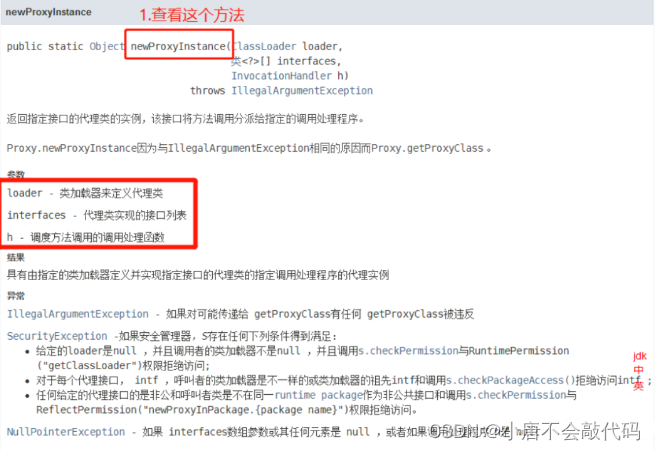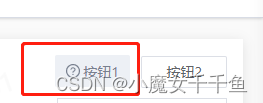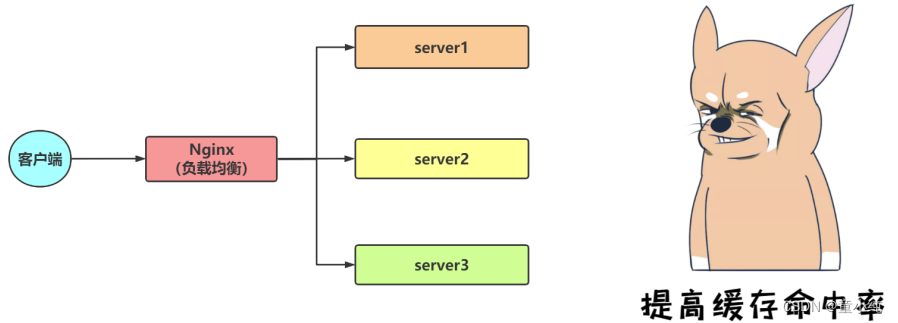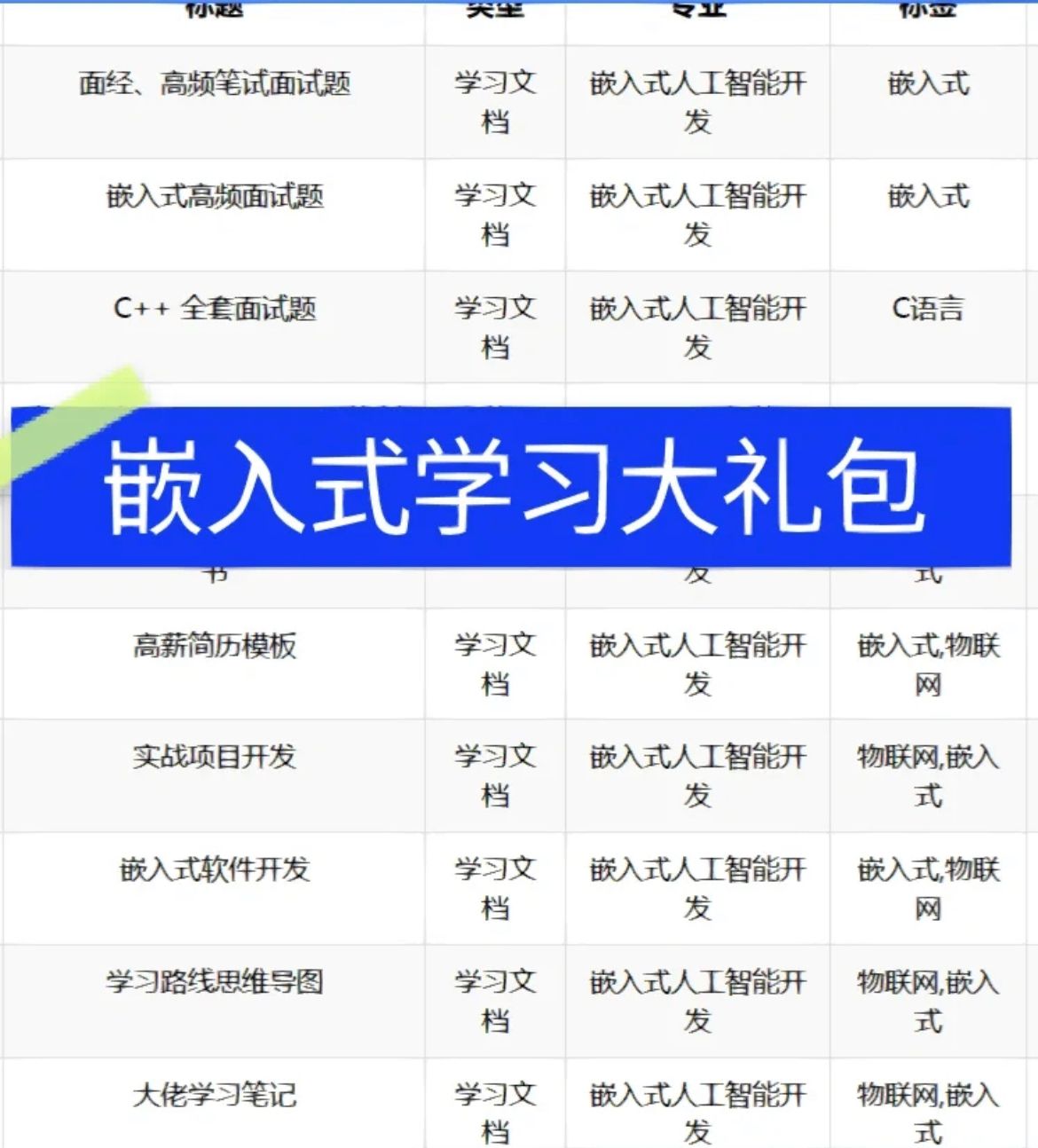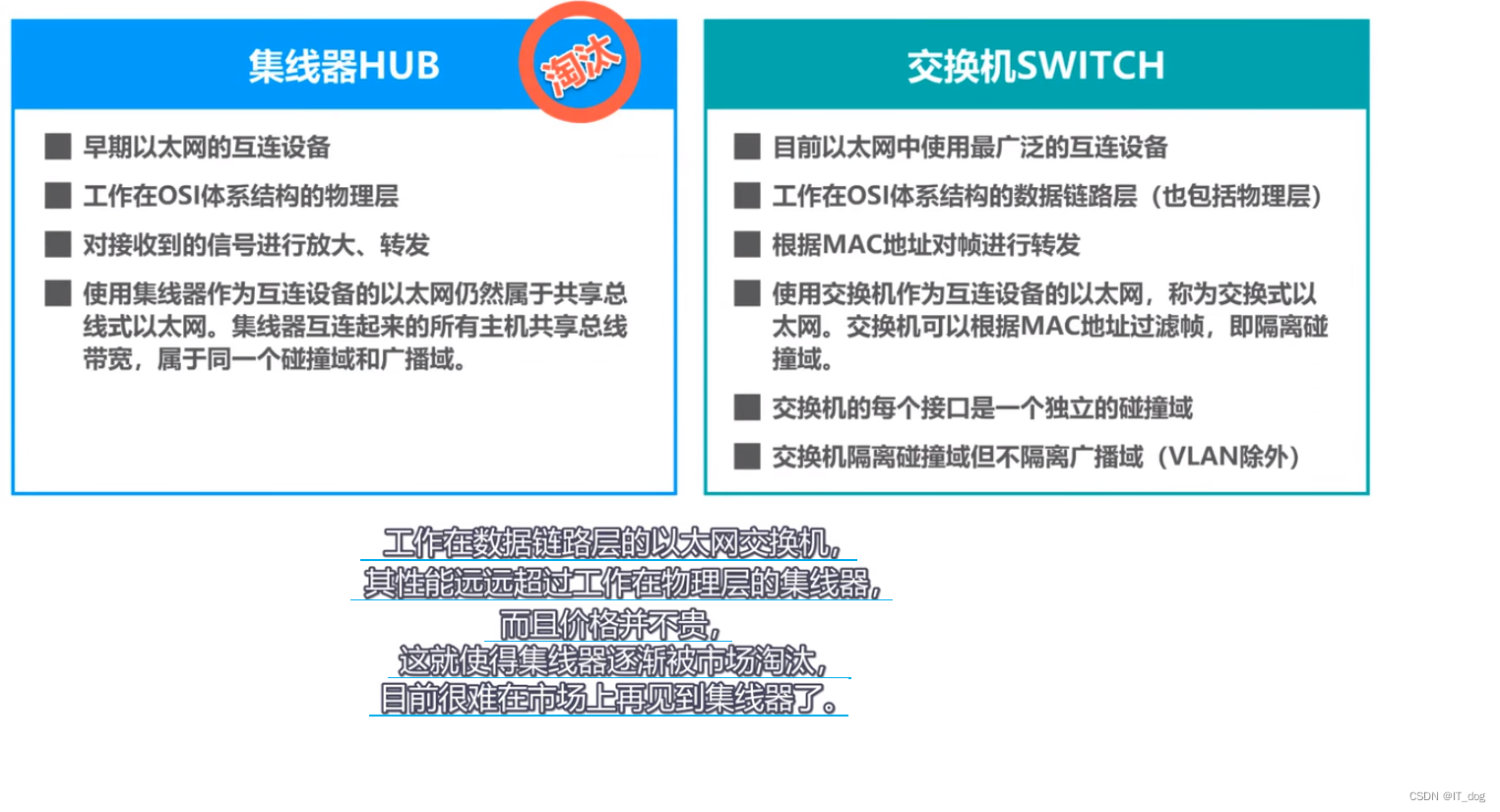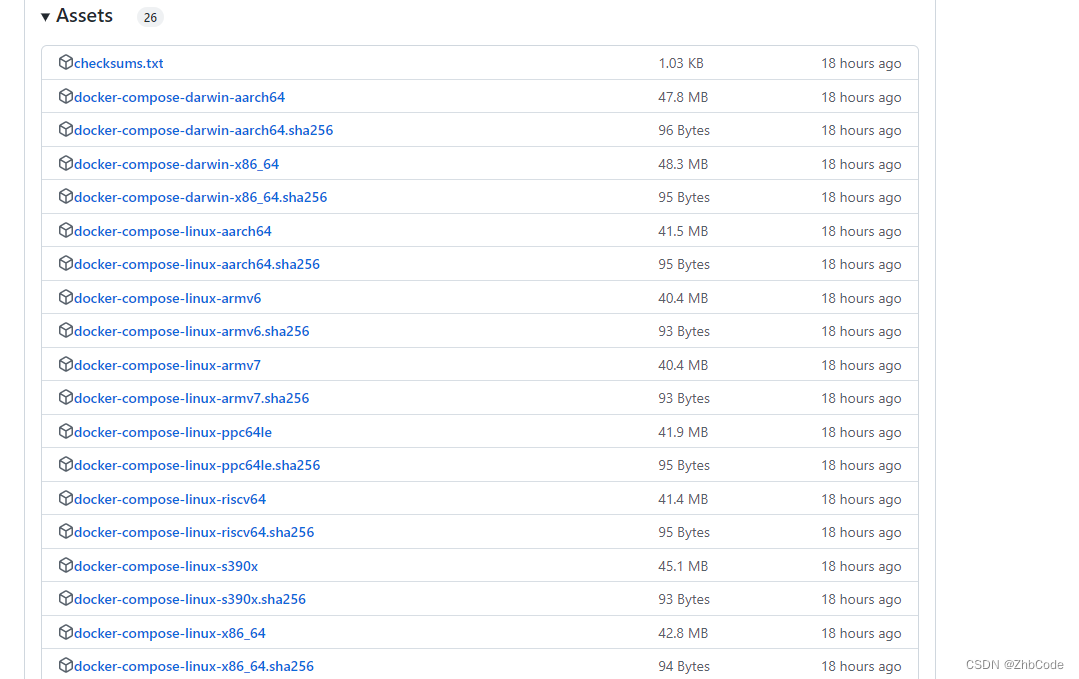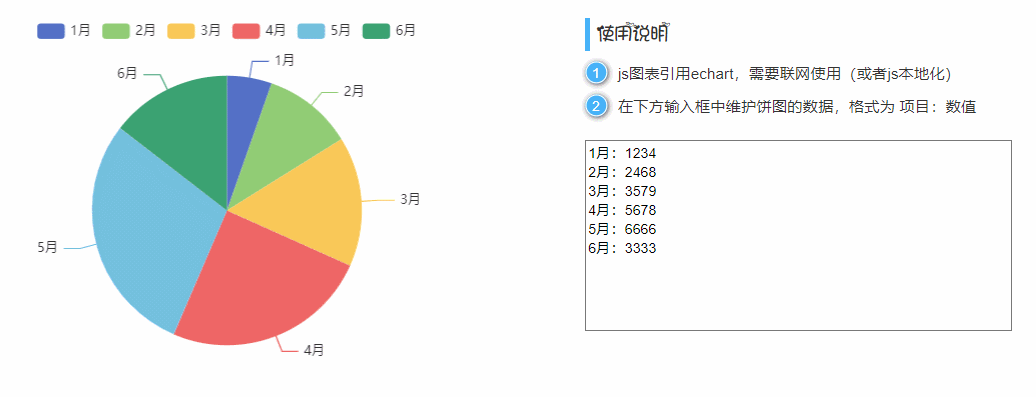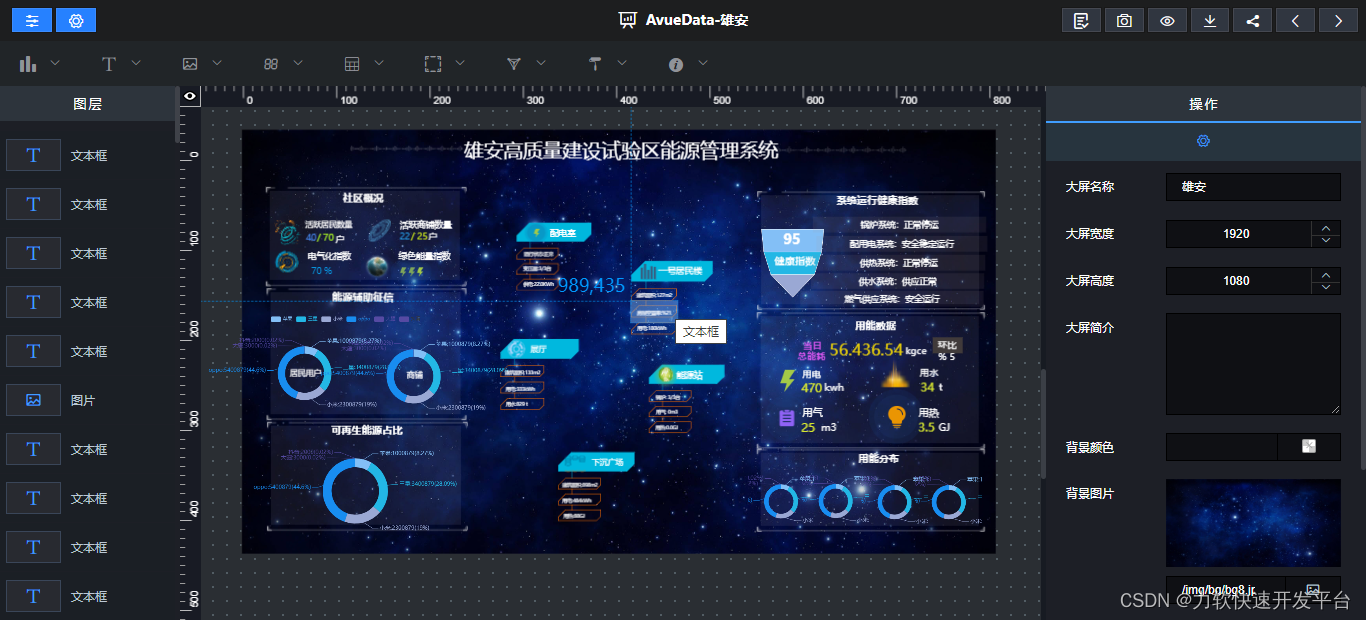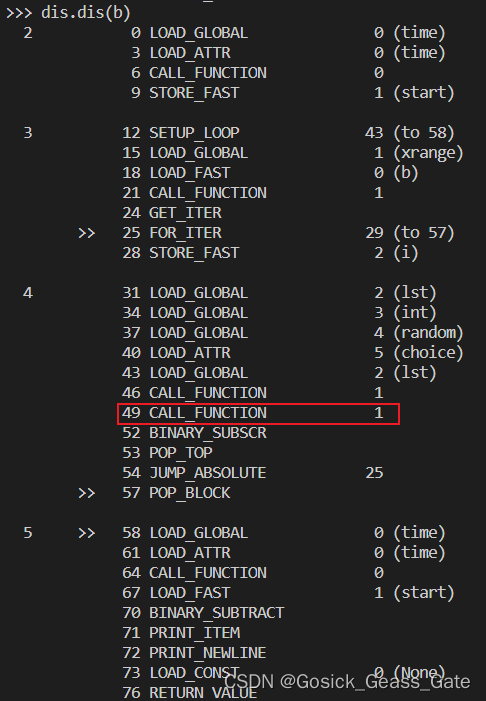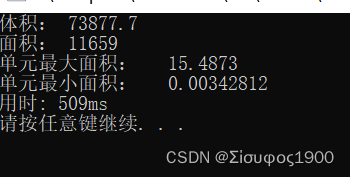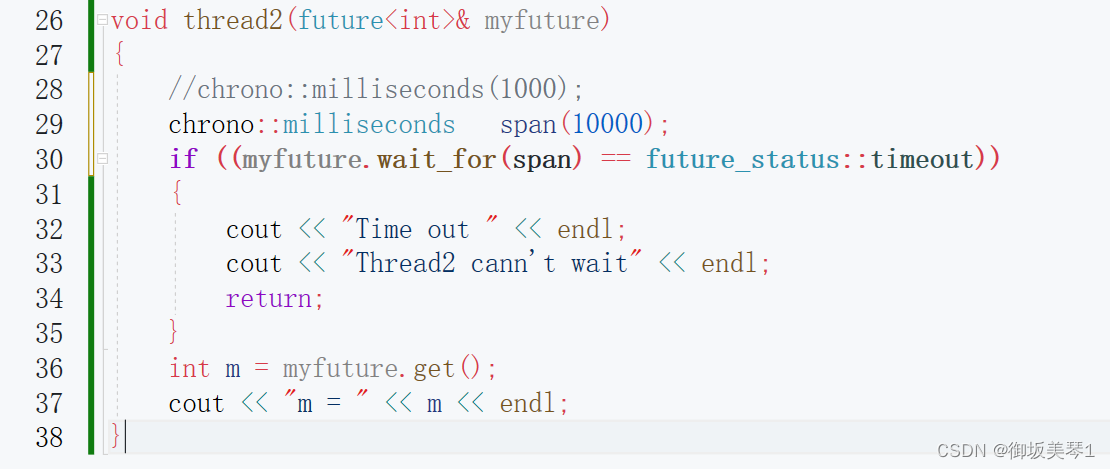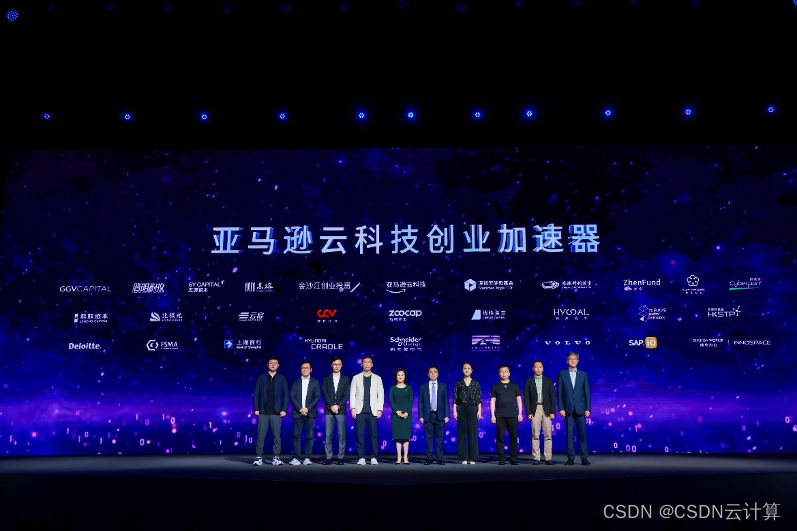可以通过ROWSCN 侦测row是否有变化,但需要注意:
- 默认是一个block的scn 相同
- 可以通过create table ROWDEPENDENCIES 在每行上记录
- 无论哪种模式,ROW SCN是一个大致值,不是准确值
NOROWDEPENDENCIES | ROWDEPENDENCIES
This clause lets you specify whether table will use row-level dependency tracking. With this feature, each row in the table has a system change number (SCN) that represents a time greater than or equal to the commit time of the last transaction that modified the row. You cannot change this setting after table is created.
ROWDEPENDENCIES
Specify ROWDEPENDENCIES if you want to enable row-level dependency tracking. This setting is useful primarily to allow for parallel propagation in replication environments. It increases the size of each row by 6 bytes.
NOROWDEPENDENCIES
Specify NOROWDEPENDENCIES if you do not want table to use the row-level dependency tracking feature. This is the default.
Whether at the block level or at the row level, the ORA_ROWSCN should not be considered to be an exact SCN. For example, if a transaction changed row R in a block and committed at SCN 10, it is not always true that the ORA_ROWSCN for the row would return 10. While a value less than 10 would never be returned, any value greater than or equal to 10 could be returned. That is, the ORA_ROWSCN of a row is not always guaranteed to be the exact commit SCN of the transaction that last modified that row. However, with fine-grained ORA_ROWSCN, if two transactions T1 and T2 modified the same row R, one after another, and committed, a query on the ORA_ROWSCN of row R after the commit of T1 will return a value lower than the value returned after the commit of T2. If a block is queried twice, then it is possible for the value of ORA_ROWSCN to change between the queries even though rows have not been updated in the time between the queries. The only guarantee is that the value of ORA_ROWSCN in both queries is greater than the commit SCN of the transaction that last modified that row.
PS : oracle的其它scn参考 URL



